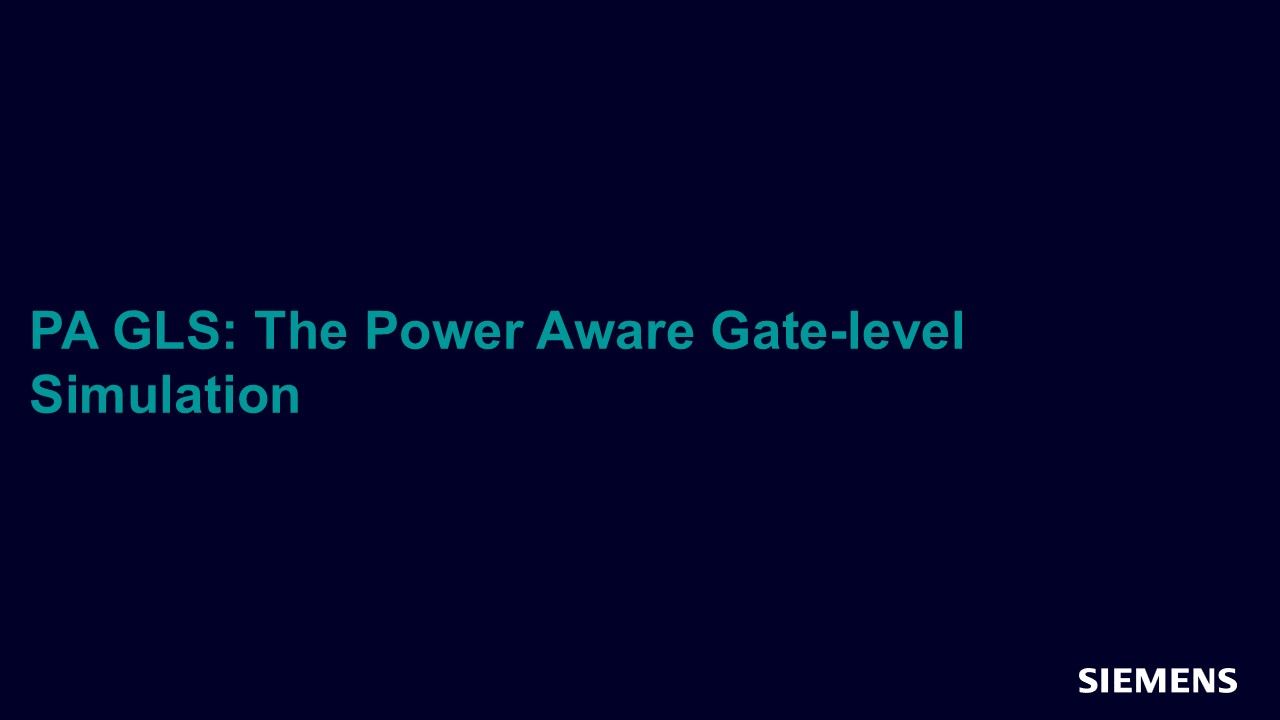PA GLS: The Power Aware Gate-level Simulation
In post-synthesis, gate-level netlist (GL-netlist), power aware (PA) simulation, the fundamental focus is to identify PA specific cells already present in the netlist. The associated UPF with the netlist design, determines the supply network and power connectivity to these special PA cells, and aid to keep their outputs from being corrupted. Hence, the GL-netlist-based power aware simulation (PA-SIM) input requirements are mostly the same as for RTL simulation.

Full-access members only
Register your account to view PA GLS: The Power Aware Gate-level Simulation
Full-access members gain access to our free tools and training, including our full library of articles, recorded sessions, seminars, papers, learning tracks, in-depth verification cookbooks, and more.